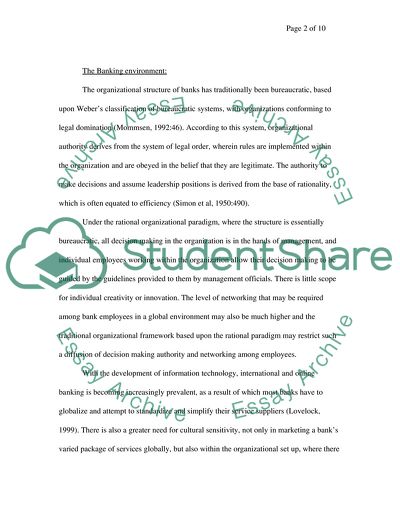Cite this document
(Structure for a Bank Coursework Example | Topics and Well Written Essays - 2000 words, n.d.)
Structure for a Bank Coursework Example | Topics and Well Written Essays - 2000 words. Retrieved from https://studentshare.org/finance-accounting/1713935-structural-outline
Structure for a Bank Coursework Example | Topics and Well Written Essays - 2000 words. Retrieved from https://studentshare.org/finance-accounting/1713935-structural-outline
(Structure for a Bank Coursework Example | Topics and Well Written Essays - 2000 Words)
Structure for a Bank Coursework Example | Topics and Well Written Essays - 2000 Words. https://studentshare.org/finance-accounting/1713935-structural-outline.
Structure for a Bank Coursework Example | Topics and Well Written Essays - 2000 Words. https://studentshare.org/finance-accounting/1713935-structural-outline.
“Structure for a Bank Coursework Example | Topics and Well Written Essays - 2000 Words”, n.d. https://studentshare.org/finance-accounting/1713935-structural-outline.


